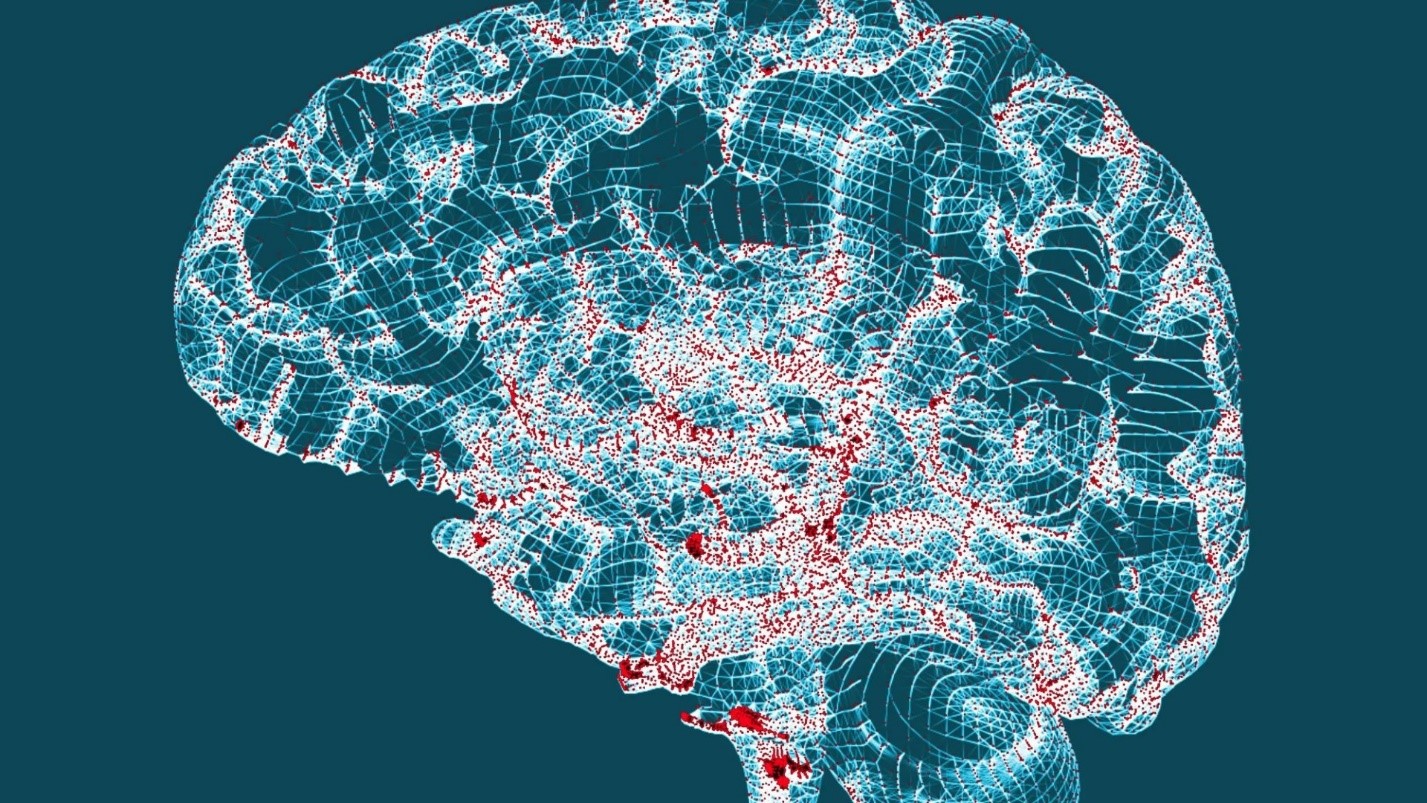Alzheimer’s disease, a progressive neurodegenerative disorder, has long posed a significant challenge to the medical and scientific communities. Characterized by cognitive decline, memory loss, and a reduction in the ability to perform daily activities, Alzheimer’s affects millions of individuals worldwide. In recent years, however, substantial breakthroughs in Alzheimer’s disease research have provided renewed hope for better understanding, diagnosing, and treating this debilitating condition. This article aims to provide a professional overview of the most notable advancements in the field.
Advances in Early Diagnosis
Early diagnosis of Alzheimer’s disease is crucial for effective intervention and management. One of the most promising areas of research involves the development of biomarkers that can detect the disease before clinical symptoms manifest. Recent studies have identified several potential biomarkers in cerebrospinal fluid (CSF) and blood, including amyloid-beta (Aβ) and tau proteins. These biomarkers have shown promise in distinguishing Alzheimer’s from other forms of dementia and in identifying the disease at its earliest stages.
In addition to fluid biomarkers, advancements in neuroimaging techniques have significantly enhanced our ability to detect Alzheimer’s-related changes in the brain. Positron Emission Tomography (PET) scans, for instance, can now visualize amyloid plaques and tau tangles, the hallmark pathologies of Alzheimer’s, in living patients. These imaging techniques not only aid in early diagnosis but also enable researchers to monitor disease progression and evaluate the efficacy of potential treatments.
Genetic Insights and Risk Factors
Genetic research has provided critical insights into the underlying mechanisms of Alzheimer’s disease. The identification of the APOE ε4 allele as a major genetic risk factor has paved the way for further exploration of genetic contributions to the disease. Recent genome-wide association studies (GWAS) have uncovered additional genetic variants associated with Alzheimer’s, shedding light on the complex interplay of genetic and environmental factors.
Moreover, advances in gene-editing technologies, such as CRISPR-Cas9, have opened new avenues for investigating the functional roles of these genetic variants. By creating models with specific genetic mutations, researchers can study their effects on neuronal function and identify potential therapeutic targets.

Therapeutic Developments
One of the most significant breakthroughs in Alzheimer’s disease research has been the development of novel therapeutic approaches aimed at modifying the disease process. Traditional treatments have primarily focused on alleviating symptoms, but recent efforts have shifted towards disease-modifying therapies.
Aducanumab: In 2021, the U.S. Food and Drug Administration (FDA) approved aducanumab, a monoclonal antibody targeting amyloid plaques, for the treatment of Alzheimer’s disease. This approval marked a significant milestone, as it was the first therapy to address the underlying pathology of the disease. While the approval has been met with both optimism and controversy, it underscores the potential of immunotherapy in altering disease progression.
Anti-Tau Therapies: In addition to amyloid-targeting therapies, researchers are exploring treatments that target tau protein abnormalities. Several tau-targeting drugs are currently in clinical trials, including tau aggregation inhibitors and tau vaccines. These therapies aim to prevent the formation of neurofibrillary tangles and reduce neuronal damage.
Neuroprotective Agents: Another promising area of research involves neuroprotective agents that can safeguard neurons from degeneration. Compounds such as antioxidants, anti-inflammatory agents, and neurotrophic factors are being investigated for their potential to slow disease progression and preserve cognitive function.
Lifestyle and Environmental Factors
Emerging evidence suggests that lifestyle and environmental factors play a significant role in the development and progression of Alzheimer’s disease. Research has shown that factors such as diet, physical activity, and cognitive engagement can influence brain health and potentially reduce the risk of developing Alzheimer’s.
Dietary Interventions: The Mediterranean diet, rich in fruits, vegetables, whole grains, and healthy fats, has been associated with a lower risk of Alzheimer’s disease. Ongoing studies are investigating the impact of specific nutrients, such as omega-3 fatty acids and antioxidants, on brain health.
Physical Activity: Regular physical exercise has been shown to improve cognitive function and reduce the risk of Alzheimer’s. Exercise promotes neuroplasticity, enhances blood flow to the brain, and reduces inflammation, all of which contribute to maintaining brain health.
Cognitive Engagement: Staying mentally active through activities such as reading, puzzles, and social interactions has been linked to a lower risk of cognitive decline. Cognitive training programs are being developed to enhance cognitive reserve and delay the onset of Alzheimer’s symptoms.
The Role of Inflammation and the Immune System
Recent research has highlighted the role of inflammation and the immune system in Alzheimer’s disease. Chronic inflammation in the brain, driven by the activation of microglia and astrocytes, is believed to contribute to neuronal damage and disease progression. Understanding the mechanisms underlying neuroinflammation has led to the exploration of anti-inflammatory therapies.
Immune Modulation: Modulating the immune response to reduce neuroinflammation is a promising therapeutic strategy. Researchers are investigating drugs that can inhibit pro-inflammatory pathways or enhance the clearance of amyloid plaques by microglia. Additionally, the gut-brain axis and its influence on neuroinflammation are being explored, with studies examining the impact of gut microbiota on brain health.
Personalized Medicine and Precision Health
The concept of personalized medicine is gaining traction in Alzheimer’s disease research. Recognizing that Alzheimer’s is a heterogeneous disease with varying underlying mechanisms, researchers are focusing on tailoring treatments to individual patients based on their genetic, biomarker, and clinical profiles.
Precision Health Initiatives: Large-scale initiatives, such as the Alzheimer’s Disease Neuroimaging Initiative (ADNI) and the Dominantly Inherited Alzheimer Network (DIAN), are collecting extensive data from diverse populations to identify biomarkers and genetic factors associated with Alzheimer’s. This data-driven approach aims to develop personalized treatment strategies and improve clinical trial design.
Future Directions and Challenges
While significant progress has been made in Alzheimer’s disease research, several challenges remain. One of the primary obstacles is the complexity of the disease itself, which involves multiple pathological processes and risk factors. Developing effective treatments requires a comprehensive understanding of these processes and their interactions.
Funding and Collaboration: Continued investment in Alzheimer’s research is essential to sustain progress. Collaborative efforts between academic institutions, pharmaceutical companies, and government agencies are crucial for advancing our understanding of the disease and translating discoveries into clinical applications.
Ethical Considerations: As research advances, ethical considerations surrounding early diagnosis, genetic testing, and clinical trials become increasingly important. Ensuring that patients and their families are informed and supported throughout the diagnostic and treatment process is paramount.
Conclusion
The field of Alzheimer’s disease research is experiencing a period of unprecedented advancement. From early diagnosis and genetic insights to novel therapeutic approaches and lifestyle interventions, these breakthroughs are paving the way for a deeper understanding of the disease and more effective treatments. While challenges remain, the progress made thus far offers hope for a future where Alzheimer’s disease can be detected early, managed effectively, and ultimately prevented. Continued collaboration, investment, and innovation will be key to achieving this goal and improving the lives of millions affected by Alzheimer’s disease.












